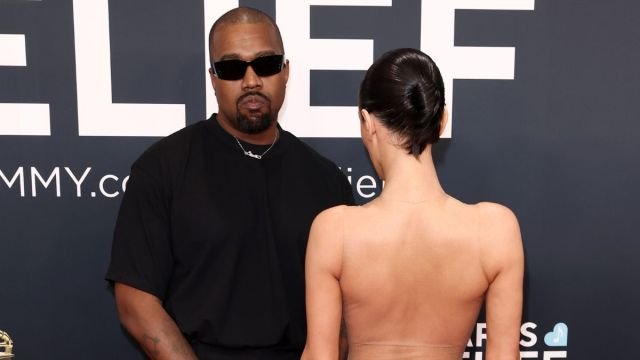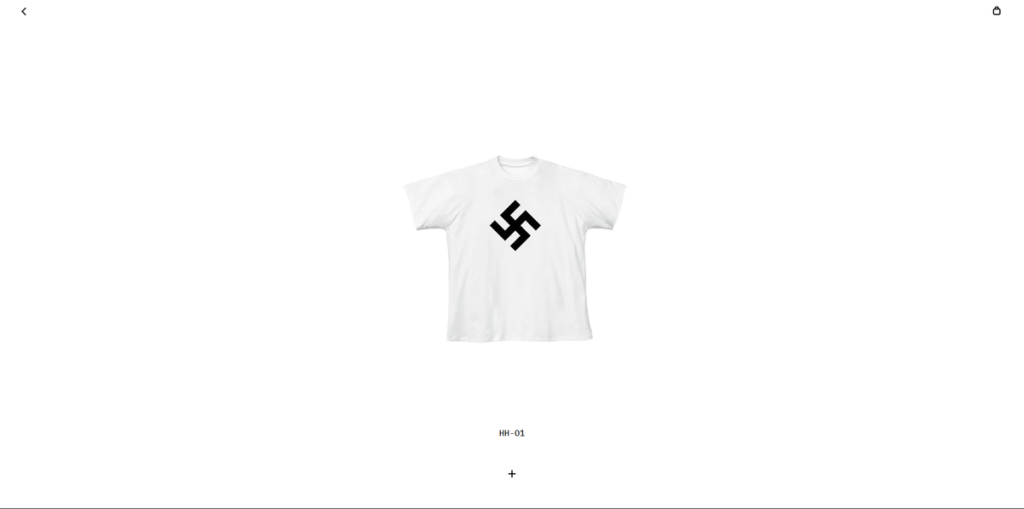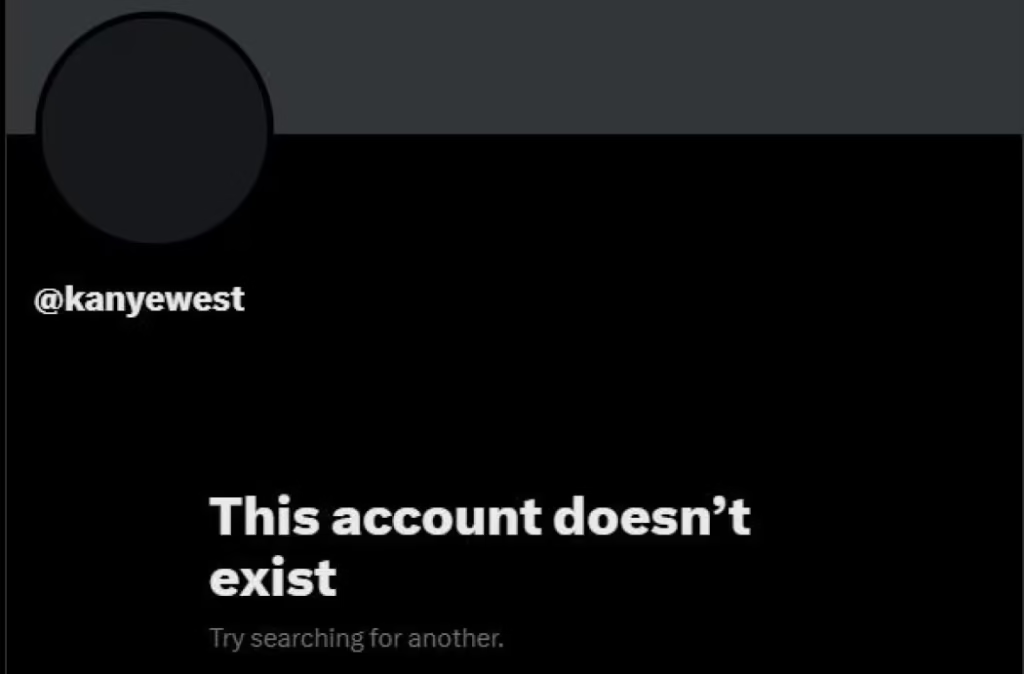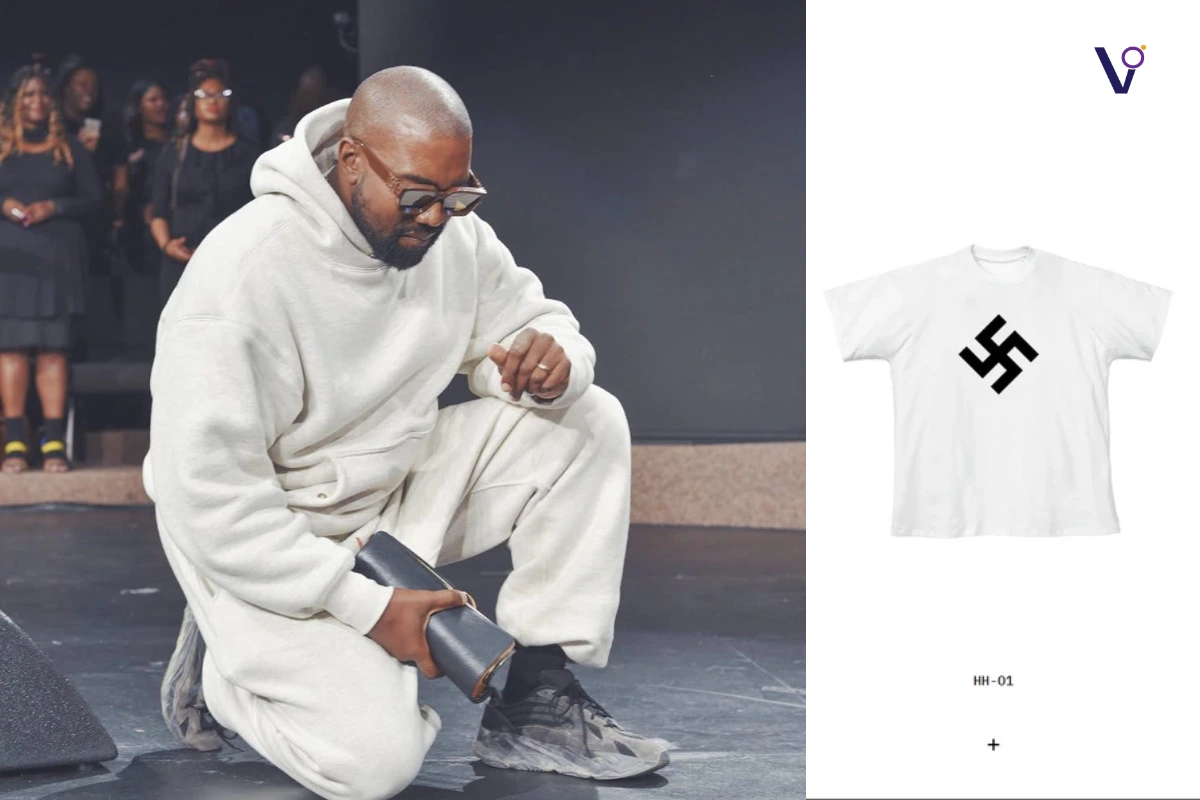Ye, formerly known as Kanye West, has once again managed to spark controversy, this time with a bizarre Super Bowl stunt. Kanye West Wipes Yeezy Catalog, and he spent a whopping $8 million on a 30-second commercial, but instead of a high-production ad filled with flashy visuals and compelling storytelling, he simply sat in a dental chair, filming himself on an iPhone while getting a new set of teeth.
Kanye West spent all the money for the commercial on his new teeth, so he had to shoot it on an iPhone. Casually addressing his audience, he urged them to visit yeezy.com.
That was it. No major announcement, no mention of new products—just a casual nudge directing people to his website. But what happened next made headlines for all the wrong reasons.
From Grammys Buzz to Website Wipeout

Just days before the Super Bowl, Ye and his wife, Bianca Censori, turned heads at the Grammys, mainly because Bianca showed up practically naked. That moment already had people talking, but the biggest shock came when users visited yeezy.com after Ye’s Super Bowl commercial aired.
Instead of a full collection of Yeezy-branded apparel, visitors saw just one product for sale—a white T-shirt with a black swastika on the front. That was it.

Kanye West Wipes Yeezy Catalog, and there was only one item available for purchase. The $20 shirt, which was marked “HH-01,” was more than simply a piece of apparel; it was a flagrant instance of the Nazi insignia, which is widely denounced as a representation of antisemitism and hatred.
Is Kanye West’s Super Bowl commercial a marketing genius or a source of controversy?
With a daring, strange, and extremely contentious Super Bowl commercial, Kanye West has once again taken over one of the year’s most significant marketing moments. The simple, low-budget commercial directed viewers to yeezy.com, where a single product was featured—a t-shirt with a swastika. The shock factor was immediate, sparking outrage across social media and the news cycle. But from a marketing perspective, this raises an important question: Is this just another PR stunt, or is Kanye leveraging controversy to drive attention to his brand?
The Power of Shock Marketing
Controversy is nothing new to Kanye, and he has always used shock value in his marketing strategy. He tried using the Confederate flag, a representation of America’s contentious past, in his merchandise a few years ago in an effort to reclaim it. Currently, he’s gone even farther with this most recent stunt—aligning his brand with one of the most universally condemned symbols in history.
Why? Because controversy sells. Outrage fuels engagement. And in the age of social media, attention equals currency. Kanye understands this better than most. Every article, tweet, and viral post about his conduct is free advertisement for his upcoming album. People are talking about him whether they like him or not, and in the current digital economy, that’s all that matters.
The Fallout: Social Media Rants and X Account Deactivation
Ye went on an insane tirade on X (previously Twitter) after the website upgrade, doubling down onThe Repercussions: Deactivation of X Accounts and Social Media Rants Ye doubled down on his divisive opinions after the website modification, going on an insane tirade on X (previously Twitter). As he tweeted extremely offensive antisemitic remarks full of hate speech and conspiracy, his 33 million followers watched.
The reaction was swift and severe. He was criticized by groups such as the Anti-Defamation League (ADL), who said that Ye had once again gone too far. The ADL was clear: Hitler accepted the swastika as the main emblem of the Nazis. It energized his followers in the 20th century and remains a threat now to intimidate and inspire terror in those targeted by antisemitism and white supremacy.” But that wasn’t enough, apparently. That “HH-01” on the shirt? The ADL says it most probably referred to “Heil Hitler,” thereby making it even more evident that Ye’s moves were intentional and deliberate.
Kanye West Delets X

Shortly after his online rants, something unexpected happened: Ye’s X account was deactivated. It wasn’t clear whether he was banned, suspended, or if he deactivated it himself, but his last post gave some insight:
“I’m logging out of Twitter. I appreciate Elon for allowing me to vent. It has been very cathartic to use the world as a sounding board.”
However, this wasn’t the first time Ye faced restrictions on X. In 2022, his account was locked due to similar antisemitic remarks, and now, history seems to be repeating itself.
The Bigger Picture: What’s Next for Ye?
Ye’s latest stunt has once again left people questioning where his career is headed. His Super Bowl ad was supposed to boost his brand, but instead, it has drawn intense criticism. Major brands, fans, and even past supporters are distancing themselves.
Will Ye face long-term consequences, or will this controversy simply fuel his “free speech” narrative? One thing is certain: he’s not done stirring the pot.
What do you think about Ye’s latest move? Let’s talk in the comments.
Yeezy employs scarcity marketing by releasing limited sneaker quantities, creating exclusivity, high demand, and urgency, making the brand desirable among sneaker enthusiasts and fashion-forward consumers.
Yeezy targets sneaker enthusiasts, streetwear lovers, and high-end fashion consumers who seek exclusivity, premium design, and cultural relevance in their footwear and apparel choices.
Adidas focuses on influencer collaborations, high-profile endorsements, and limited-edition sneaker drops, using brand partnerships like Yeezy to create exclusivity and demand-driven sales.
Yeezys are priced high due to limited availability, brand exclusivity, premium materials, and the cultural hype surrounding Kanye West’s influence in the sneaker and fashion industries.
While not traditionally luxury, Yeezy’s pricing, exclusivity, and premium materials position it as a high-end streetwear brand, blending fashion, culture, and sneaker innovation.



